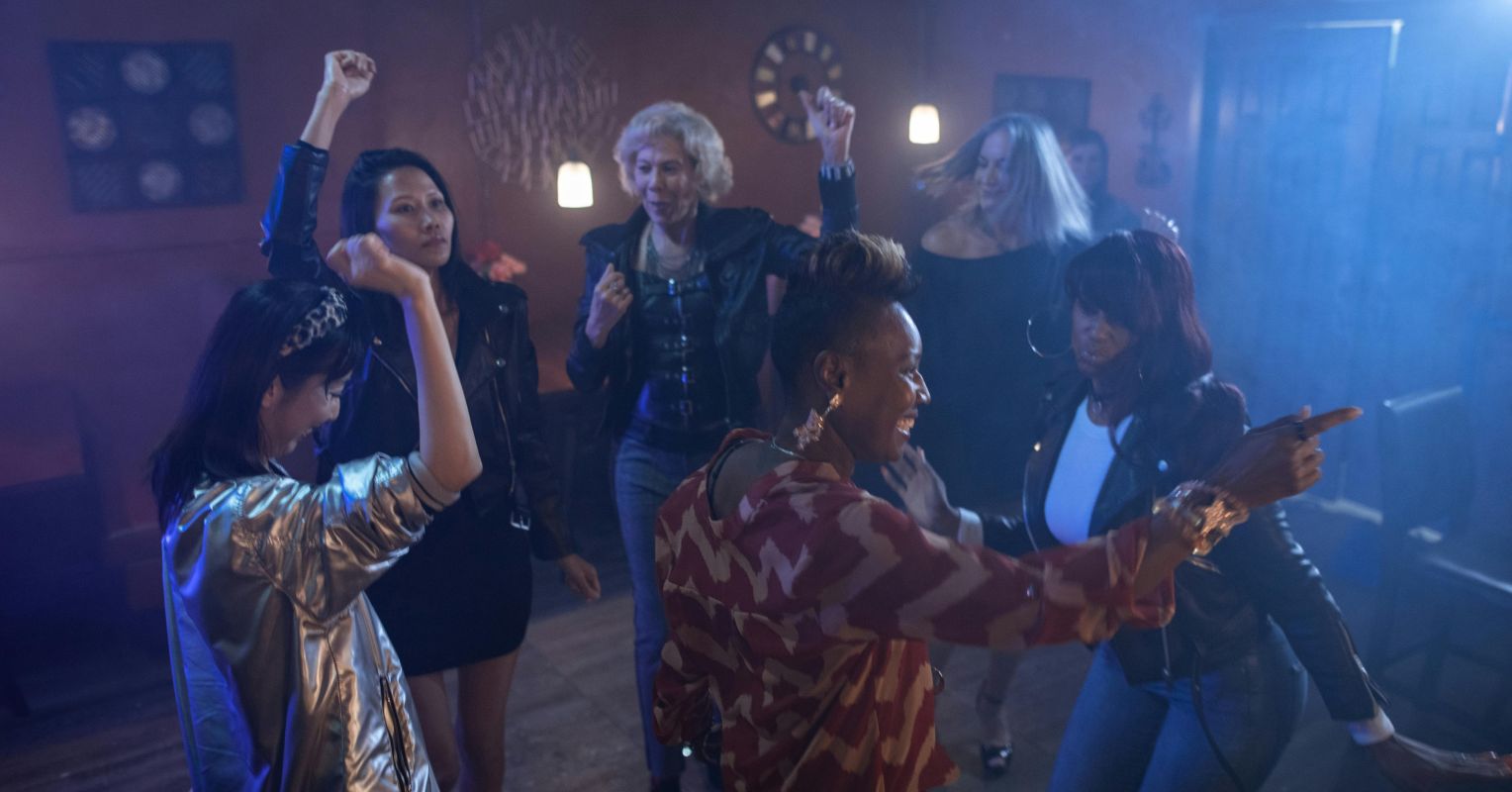
With the pervasive existence of smartphones, tablets, social media, and artificial intelligence, we can daily peruse the creative and cultural output of a diversity of humans. I am fascinated by videos, films, afrobeats, animation, and literary novels, to name just a few creative materials that I enjoy consuming. I also enjoy creative writing and creating explainer videos using different technologies. There’s a feeling of joy and self-actualization that comes from doing so. Recently, scientists have reviewed research that explains the feelings of well-being linked to such acts of creative engagement (Kumar, Pavitra, & Bhattacharya, 2024).
Several decades ago, creative thinking was included on a list from the World Health Organization (WHO) as a necessary life skill for school-age children and adolescents (WHO, 1997). However, much has changed since 1997, so one might wonder, what are the contemporary considerations that are relevant when discussing creativity as a necessary early life skill? What has a review of contemporary research revealed about links between creative expression and mental health?
Creativity and the Brain
To study mental illness, we consider the brain and culture. Likewise, to thoroughly understand the relationship between mental wellness and creativity, we are able to study scientific research to learn what science says about creativity’s neural components or, rather, what researchers have described as creativity’s “complex neuro-psycho-philosophical construct” (Kumar, Pavitra, & Bhattacharya, 2024). What makes creativity so complex is the numerous types of creativity possible from varying forms of music, dance, painting, singing, writing, and theatrical performance. Kumar, Pavitra, and Bhattacharya reported that creative expression has mental health benefits for children and adults. Also, Pierce and Parker (2025) reported spiritual healing and liberatory benefits among Black college women who experienced a single-session group-wellness initiative that incorporated the expressive art of painting. The women were asked to paint a picture that reflected their human resistance to systemic oppression.
Researchers noted that we seem to organically value the process of creativity as a human trait. By its varying definitions, creativity may also naturally appeal to our love of novelty. The novelty appeal may be most relevant to definitions of creativity that reference creativity as the achievement of a new output, no matter the type of creative work produced or witnessed. Therefore, it isn’t necessarily the product, but the process of creativity.
Types of Therapeutic Creativity
Kumar, Pavitra, and Bhattacharya (2024) detailed several types of creativity and mentioned the relevance of culture and society. For example, they explained that, originally, creative performance in India was not for entertainment purposes as it often is today. Instead, it was originally used for therapeutic purposes to ease suffering of the mind. Using body movement or the visual language of art therapy, they explained that these practices may be used to process fear and trauma. Regarding people who are not ready to, or aren’t verbally able to process their mental health challenges, such persons may achieve enhanced mental wellness through dance or visual art as a means to work through emotional and cognitive challenges. A diversity of activities are categorized as active or receptive experiences of creative expression; this means that there’s potentially something for everyone to use to be health-beneficial. Active experiences involve doing something creative to achieve a tangible or intangible product, relative to receptive experiences that require listening to or viewing content that may aid mental health.
Another positive takeaway from the published review is that clinical and counseling practitioners shouldn’t feel intimidated if they aren’t creatives themselves. It also is insignificant if the clients are talented creatives. What matters is getting clients to express creativity, using whatever artistic/creative means that will allow clients to feel comfortable. A point of note in the findings, though, was that psychiatrists in India were not among the categories of practitioners who tend to incorporate creative pursuits with their patients. Yet patients with psychiatric diagnoses shouldn’t be excluded from the use of creativity as a tool to help regulate their emotional and physical conditions.
The neuro-psycho-philosophical construct is interdisciplinary, and so, too, can be used as a framework to address mental illness. Psychiatrists are trained to center neurological and neurochemical influences on mental illness, providing medicine as needed. However, positive results for patients could occur from practitioners’ increased openness to integrating creative pursuits across the lifespan. Thus, irrespective of age, the benefits of involving clients in creative pursuits align with a positive psychology of holistic and humanistic care.
